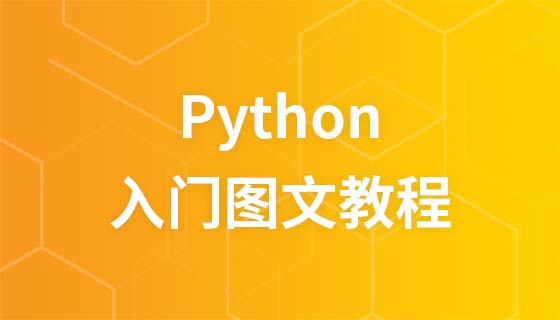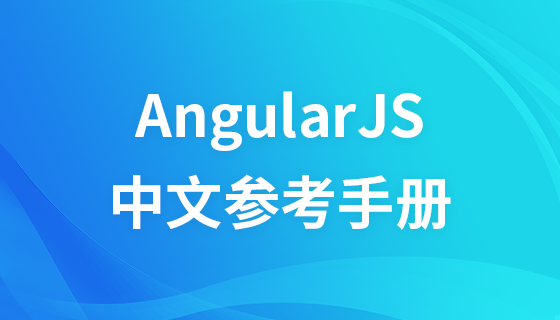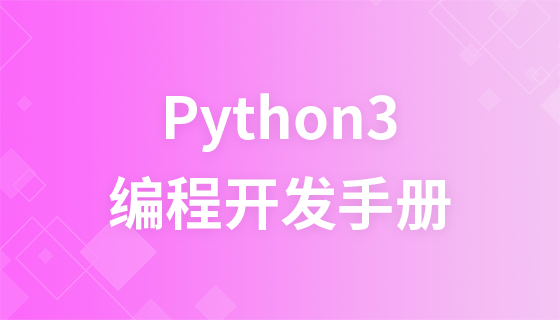concise overview
Concise Overview
1. Encoding
If there are no special circumstances, the file Always use UTF-8 encoding
If there are no special circumstances, the #-*-coding:utf-8-*-mark must be added to the file header
2. Code format
##2.1. Indentation
- Use 4 spaces for indentation
2.2. Line width
Each line of code should try not to exceed 80 characters (it can slightly exceed 80 in special circumstances, but the maximum length cannot be More than 120)Reason:- This is helpful when viewing side-by-side diff
- Convenience View the code under the console
- If it is too long, it may be a design flaw
Simply put, natural language uses double quotes, and machine markings use single quotes, so
in the code should mostly use single quotes
- Naturally The language uses double quotes "..."
- For example, error messages; in many cases it is still unicode, use u"Hello World"
- machine Use single quotes '...' for identification. For example, the key in dict
- regular expression uses native double quotes r"..."
- Document string (docstring) Use three double quotes """..."""
- Two empty lines between module-level functions and class definitions;
- One empty line between class member functions;
-
class A: def __init__(self): pass def hello(self): pass def main(): pass
- You can use multiple blank lines to separate multiple groups of related functions
- You can use blank lines to separate logically related codes in functions
- The file uses UTF-8 encoding
- File header Add #-*-conding:utf-8-*-identifier
The import statement should be written in separate lines
# 正確的寫(xiě)法 import os import sys # 不推薦的寫(xiě)法 import sys,os # 正確的寫(xiě)法 from subprocess import Popen, PIPE import語(yǔ)句應(yīng)該使用 absolute import # 正確的寫(xiě)法 from foo.bar import Bar # 不推薦的寫(xiě)法 from ..bar import Bar
- The import statement should be placed at the head of the file, after the module description and docstring, and before global variables;
- The import statement should be arranged in order , separate each group with a blank line
import os import sys import msgpack import zmq import foo
- When importing class definitions of other modules, you can use relative import
from myclass import MyClass
- If a naming conflict occurs, you can use the namespace
import bar import foo.bar bar.Bar() foo.bar.Bar()
- Leave one space on both sides of the binary operator [=,-, =,==,>,in,is not, and]:
# 正確的寫(xiě)法 i = i + 1 submitted += 1 x = x * 2 - 1 hypot2 = x * x + y * y c = (a + b) * (a - b) # 不推薦的寫(xiě)法 i=i+1 submitted +=1 x = x*2 - 1 hypot2 = x*x + y*y c = (a+b) * (a-b)
- In the parameter list of the function, there must be a space after ,
# 正確的寫(xiě)法 def complex(real, imag): pass # 不推薦的寫(xiě)法 def complex(real,imag): pass
In the parameter list of the function, do not add spaces on both sides of the default value equal sign
# 正確的寫(xiě)法 def complex(real, imag=0.0): pass # 不推薦的寫(xiě)法 def complex(real, imag = 0.0): pass
After the brackets, do not add extra spaces before the right bracket
# 正確的寫(xiě)法
spam(ham[1], {eggs: 2})
# 不推薦的寫(xiě)法
spam( ham[1], { eggs : 2 } )Do not add extra spaces before the left bracket of the dictionary object
# 正確的寫(xiě)法 dict['key'] = list[index] # 不推薦的寫(xiě)法 dict ['key'] = list [index]
Do not use extra spaces to align assignment statements
# 正確的寫(xiě)法 x = 1 y = 2 long_variable = 3 # 不推薦的寫(xiě)法 x = 1 y = 2 long_variable = 3
5. Line breaks
Python supports parentheses Line breaks within. There are two situations at this time.
1. The second line is indented to the beginning of the bracket
foo = long_function_name(var_one, var_two, var_three, var_four)
2. The second line is indented by 4 spaces, which is suitable for the situation where the starting bracket is a new line
def long_function_name( var_one, var_two, var_three, var_four): print(var_one)
Use backslash\line break, binary operator., etc. should appear at the end of the line; long strings can also be line wrapped using this method
session.query(MyTable).\
filter_by(id=1).\
one()
print 'Hello, '\
'%s %s!' %\
('Harry', 'Potter')Compound statements are prohibited, that is, one line contains multiple statements:
# 正確的寫(xiě)法 do_first() do_second() do_third() # 不推薦的寫(xiě)法 do_first();do_second();do_third();
if/for/while must be line-wrapped:
# 正確的寫(xiě)法 if foo == 'blah': do_blah_thing() # 不推薦的寫(xiě)法 if foo == 'blah': do_blash_thing()
6, docstring
The two most fundamental points in the docstring specification:
1. All public modules, functions, classes, and methods should be written in docstring. Private methods are not necessarily required, but should be provided with a block comment after the def.
2. The end """ of the docstring should occupy a line by itself, unless this docstring has only one line.
"""Return a foobar Optional plotz says to frobnicate the bizbaz first. """ """Oneline docstring"""














